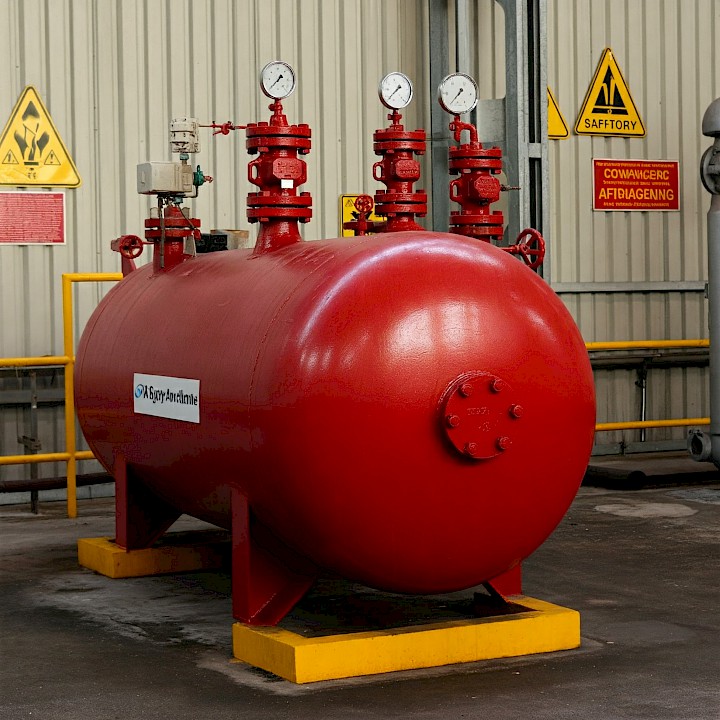
Pressure Equipment Directive (PED) 2014/68/EU
The Pressure Equipment Directive (PED) 2014/68/EU is a set of regulations governing the design, manufacturing, and conformity assessment of pressure equipment and assemblies. This directive applies to pressure equipment with a maximum allowable pressure (PS) greater than 0.5 bar.

The PED aims to ensure the safety and compliance of equipment operating under pressure. It outlines a series of technical standards and procedures covering all aspects of the process, including:
-
Design: Materials, calculations, and safety considerations.
-
Manufacturing: Production processes, quality control, and welding procedures.
-
Assembly: Correct assembly of components and systems.
-
Testing: Hydrostatic testing, non-destructive testing, and other verification methods.
-
Certification: Conformity assessment procedures and documentation.
The directive also addresses the in-service use of pressure equipment, emphasizing the importance of:
-
Periodic inspections: Regular inspections to ensure ongoing safety and integrity.
-
Safety requirements: Meeting essential safety requirements throughout the equipment's lifecycle.
-
Conformity declaration: Issuing a declaration of conformity to demonstrate compliance with the PED.
Pressure Equipment Directive: Enhancing Safety and Compliance
The Pressure Equipment Directive aims to improve safety standards and minimize potential risks in industrial facilities. By ensuring the safety and compliance of pressure equipment, the PED protects both workers and the environment.
Key Elements of the Directive:
-
Scope: The directive covers a wide range of pressure equipment, including steam and gas boilers, air compressors, refrigeration systems, and LPG cylinders.
-
Safety: The primary goal of the PED is to prioritize human and environmental safety in the design, production, installation, inspection, and periodic testing of pressure equipment.
-
Compliance: Compliance with the PED is a legal requirement for all manufacturers, suppliers, and users of pressure equipment.
Key Updates Introduced by the Directive:
-
Risk-Based Approach: The directive classifies pressure equipment based on risk levels, requiring different inspection and testing procedures accordingly.
-
Accreditation and Surveillance: The PED mandates that manufacturing and inspection activities be carried out by accredited bodies, introducing a stricter surveillance mechanism.
-
Technical Standards: The directive specifies updated technical standards for the design, production, and inspection of pressure equipment.
Impact on the Industry:
-
Enhanced Safety: The new regulations introduced by the directive will be a significant step towards preventing accidents related to pressure equipment and improving overall safety.
-
Increased Efficiency: The risk-based approach and accreditation system will lead to a more efficient and streamlined workflow in the industry.
-
Compliance Costs: Manufacturers and users will need to make certain investments and review additional costs to comply with the directive.
Conclusion
The Pressure Equipment Directive (PED) 2014/68/EU is driving significant change and transformation in the industry. The updates introduced by the directive will reduce risks associated with pressure equipment, enhance safety and efficiency, and contribute to the industry's compliance with international standards by aligning with European Union regulations.
For more information on the directive.
Writer:
Professor Doctor Mustafa Yaşar
Industrial Design Engineer





































